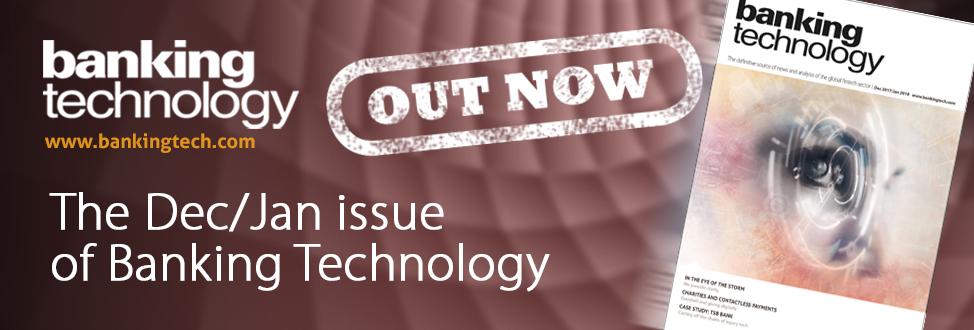SEPA – are we there yet?
The payments industry was dragged kicking and screaming into the single euro payments area (SEPA), but on 28 January 2018, the initiative will celebrate its tenth anniversary. No doubt former doubters will sing its praises.
It is sometimes easy to forget SEPA, particularly as the reviewed Payment Services Directive (PSD2), which provides the legal foundation for the operational implementation of SEPA, began to grab the headlines once the technicalities of SEPA were established.
However, the plucky little initiative has grabbed the headlines one again with the roll-out of the SEPA Credit Transfer Instant scheme (SCT Inst) in late November. The scheme, created by the European Payments Council (EPC), became operational at 585 payment services providers in eight European countries: Austria, Estonia, Germany, Italy, Latvia, Lithuania, the Netherlands and Spain.
The scheme allows the electronic transfer of money – currently up to €15,000 – progressively across Europe in less than ten seconds, at any time and on any day of the year, including weekends and holidays. The transactions covered by the scheme must be denominated in euros.
Individuals, businesses, corporations and administrations can make and receive instant euro credit transfers within their national borders as well as cross-border (starting with the eight countries), with the funds being immediately available.
The scheme is being promoted as an effective replacement for cash and cheques. The creators say it is particularly convenient, if for example, an individual must urgently send money to a relative, or to pay for a product or service that requires immediate settlement. In a standard credit transfer, a beneficiary might have to wait up to one business day to receive money in his or her account.
SCT Inst will progressively span over 34 European countries, with Belgium, Finland, Germany, Malta, the Netherlands, Portugal and Sweden to join between 2018 and 2019.
What is more, the EPC says it will work to ensure the scheme “evolves to better reflect market needs”. This will be done in close dialogue with all payment stakeholders, it says. For example, the maximum amount per transaction will be regularly reviewed starting from November 2018. “An increased maximum amount will make the scheme more attractive for companies,” says the EPC. (Click here to read an exclusive interview on the subject with Javier Santamaría, chair of the EPC.)
Instant payments were one of the hot topics at the Sibos conference this year. Shortly before the event, Swift and EBA Clearing announced that users of EBA’s instant payments system, RT1, will be able to access the platform via SwiftNet Instant, Swift’s instant payments messaging solution, from November 2018.
Together with 39 funding institutions, EBA Clearing has been developing and implementing RT1 since April 2016. A pan-European infrastructure platform, it will be used for the 24×7 settlement of real-time payments in line with the SCT Inst scheme. The objective was to provide payment service providers across the single euro payments area with a real-time payment processing facility.
Erwin Kulk, head of service development and management at EBA Clearing, says RT1 will provide the European payments industry with a pan-European infrastructure platform for real-time payments in euro from day one of SCT Inst. The accessibility via Swift’s solution will provide this user community with additional choice in connectivity, he added. “We expect more than 50 users in the system by mid-2018.”
SwiftNet Instant is designed to work anywhere in Europe and around the world, enabling Swift members to connect seamlessly to multiple instant payment clearing and settlement mechanisms. For SEPA, Swift will offer connectivity not only to RT1, but also to the Eurosystem’s Target Instant Payment Settlement (Tips) platform. Swift is supporting the Eurosystem’s aim to create a single gateway into its market infrastructure services and access to other clearing and settlement mechanisms…
This is an excerpt. The full article is featured in the December 2017/January 2018 issue of the Banking Technology magazine. Click here to read the digital edition – it is free!













































